Face Mask Information
Prevent the Spread by Wearing a Face Mask
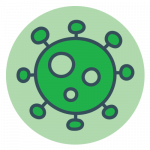
- Face Masks have two different functions: (i) to protect the wearer from infection, and (ii) to protect the community from getting diseases from the wearer’s sneezes and coughs.
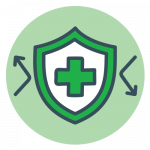
- Some face masks (e.g., the N95) protect the wearer from infection. These masks are made of a very specific fabric that blocks out even the smallest microscopic particles like viruses and bacteria. They are also fitted so tightly on all sides (including around the nose and chin) that every breath is strained through the filter of the mask, so no germs reach the wearer’s airways. So when someone talks to them without a mask, or sneezes in their face, or coughs in their direction, they are protected by that filter in front of their nose and mouth that keeps the virus out.
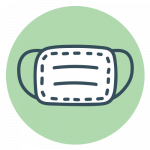
- Other masks and coverings (e.g., homemade cloth masks, ski masks, bandanas, and scarfs) that cover the mouth and nose protect the society from your possible infection. These masks catch the droplet particles of your sneeze or cough and if you are infected block the viruses in those droplets from contaminating hard surfaces (e.g., table tops, door knobs, computers, light switches, smart phones, and even cardboard) where the virus can live for hours and even days ready to contaminate someone else’s hands. When that person touches their eyes, nose, or mouth, (unless they wash their hands frequently!) they can infect themselves easily.
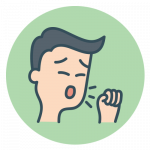
- So, if an infected person not wearing a mask or covering, sneezes or coughs and contaminates a surface, and then an ‘innocent bystander’ touches a contaminated surface, doesn’t wash their hands, and then touches their mouth, nose , or eyes with their contaminated fingers – that’s how the infection is easily spread from person to person.
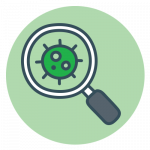
- It is recommended that all infected people wear a mask. The Question is: who is an infected person? Early on in this pandemic, because no one was sure what the novel coronavirus was and how it acted, it was safe to say that an infected person was one who was sick with symptoms of the disease: fever, headaches, difficulty breathing, lethargy, etc. So make sure these people all wear masks or face coverings.
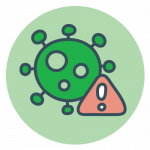
- The Answer: It’s hard to know. It has become clear that even people who do not look sick can be infected and able to spread the virus all around them, wherever they go. If we can’t tell who is sick and who isn’t, and who can spread viruses all around them and who can’t, it’s safer to ask everyone to cover their mouth and nose to prevent virus infected droplets from contaminating our environment.
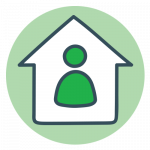
- It is now recommended by the Vermont Department of Health that, “Vermonters should wear cloth facial masks, or coverings, if they need to leave their homes for essential purposes, like going grocery shopping or to the pharmacy, or outdoors if other people are nearby.” Vermont Department of Health, Daily Update on Novel Coronavirus (COVID-19) April 6, 2020.
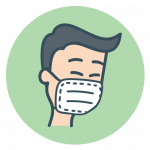
- To use the face mask, be sure it is as snug as possible around your nose and mouth, and that both are always covered. Resist the temptation to take it down to just cover your mouth. Although more comfortable, it makes it ineffective as a device for protecting your environment. (And whatever small protection it might proved to protect you from infection is lost completely. If you can pinch it around your nose, or tie it tightly around your upper face and under your chin, that will provide the best protection. CDC also warns us not to put cloth face coverings on children under 2 years of age, or on anyone who is having trouble breathing (they should be referred to a health care provider.)
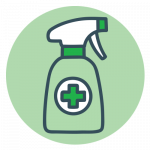
- Masks get dirty with use. Depending on the type of mask, be sure to clean it after each use if possible. Cloth masks can be thrown in the washing machine after each use, or at least at the end of each day, depending on how much they are used.
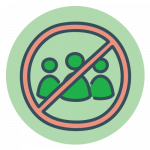
- Wearing a face mask provides extra protection along with social distancing but is not a substitute for social distancing, so continue to keep 6 feet away from other people, avoid physical contact, and when you are putting on or taking off your face mask, avoid touching your eyes, nose, or mouth and keep your hands washed with soap and water or sanitizer.